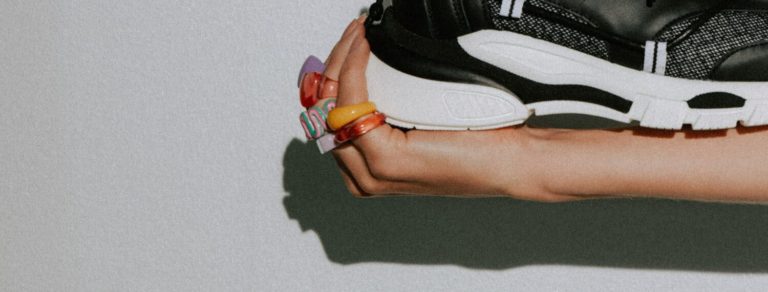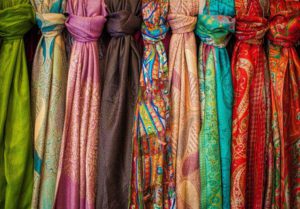B.L.A.H.
Our Rating: 3 Stars - It's a start
Price: $ $ $ $
Country of origin: Netherlands
Official brand website: Visit

Our evaluation of B.L.A.H. based on our “Planet” rating indicates that the brand is making some progress in terms of environmental impact. While there are areas where improvement is needed, B.L.A.H. has taken steps to incorporate lower-impact materials, such as organic cotton, into its supply chain. This is a positive move, as organic cotton requires less water and avoids the use of harmful pesticides.
However, one area where B.L.A.H. falls short is in minimizing textile waste in its supply chain. There is no evidence to suggest that the brand has implemented measures to reduce waste or promote recycling. This is an area of concern, as textile waste contributes to the overall environmental footprint of the fashion industry.
Additionally, B.L.A.H. has not demonstrated meaningful action to reduce water use. Water is a valuable and limited resource, and it is crucial for brands to prioritize water conservation measures in their production processes. Without evidence of water reduction efforts, B.L.A.H. is missing an opportunity to minimize its environmental impact.
On a positive note, B.L.A.H. does opt for vegetable tanned leather over chemical-heavy tanning processes. This choice reflects a commitment to reducing the use of harmful chemicals in its supply chain. Vegetable tanning is a more sustainable alternative that is better for the environment and for workers involved in the tanning process.
Moving on to our “People” rating, which focuses on workers’ rights, B.L.A.H. falls short in several areas. There is no evidence that the brand has a Code of Conduct in place. A Code of Conduct is an important tool for ensuring that workers are treated fairly and that labor rights are respected throughout the supply chain.
Furthermore, B.L.A.H. only partially traces its supply chain, limiting visibility into labor conditions and potential human rights violations. It is crucial for brands to have full transparency and traceability in their supply chains to identify and address any ethical issues that may arise.
Another area of concern is the lack of evidence that the brand ensures workers are paid living wages. Ensuring fair and livable wages for workers is a fundamental aspect of promoting social responsibility in the fashion industry. Without this assurance, B.L.A.H. falls short in its commitment to protecting workers’ rights.
Moreover, there is no evidence that B.L.A.H. conducts audits of its suppliers. Supplier audits are essential for identifying and addressing any labor rights violations or social compliance issues. Without these assessments, B.L.A.H. cannot guarantee the ethical practices of its suppliers.
Turning to our “Animals” rating, B.L.A.H. has some room for improvement. There is no evidence that the brand has an animal welfare policy in place. Animal welfare is a critical consideration in the fashion industry, and brands should have clear guidelines and practices in order to protect the welfare of animals involved in their supply chains.
While B.L.A.H. does appear to use leather, it does not appear to use other animal-derived materials such as wool, down, fur, angora, exotic animal skin, or exotic animal hair. Avoiding the use of these materials contributes to a more ethical and sustainable approach to fashion.
Based on our assessment of publicly available information, we rate B.L.A.H. as “It’s a Start” overall. The brand has made some positive strides in certain areas, such as using organic cotton and opting for vegetable tanned leather. However, there are significant areas for improvement, particularly in terms of workers’ rights and animal welfare. B.L.A.H. has the potential to make a greater positive impact on the environment and society, and we encourage the brand to continue its journey towards sustainability.







